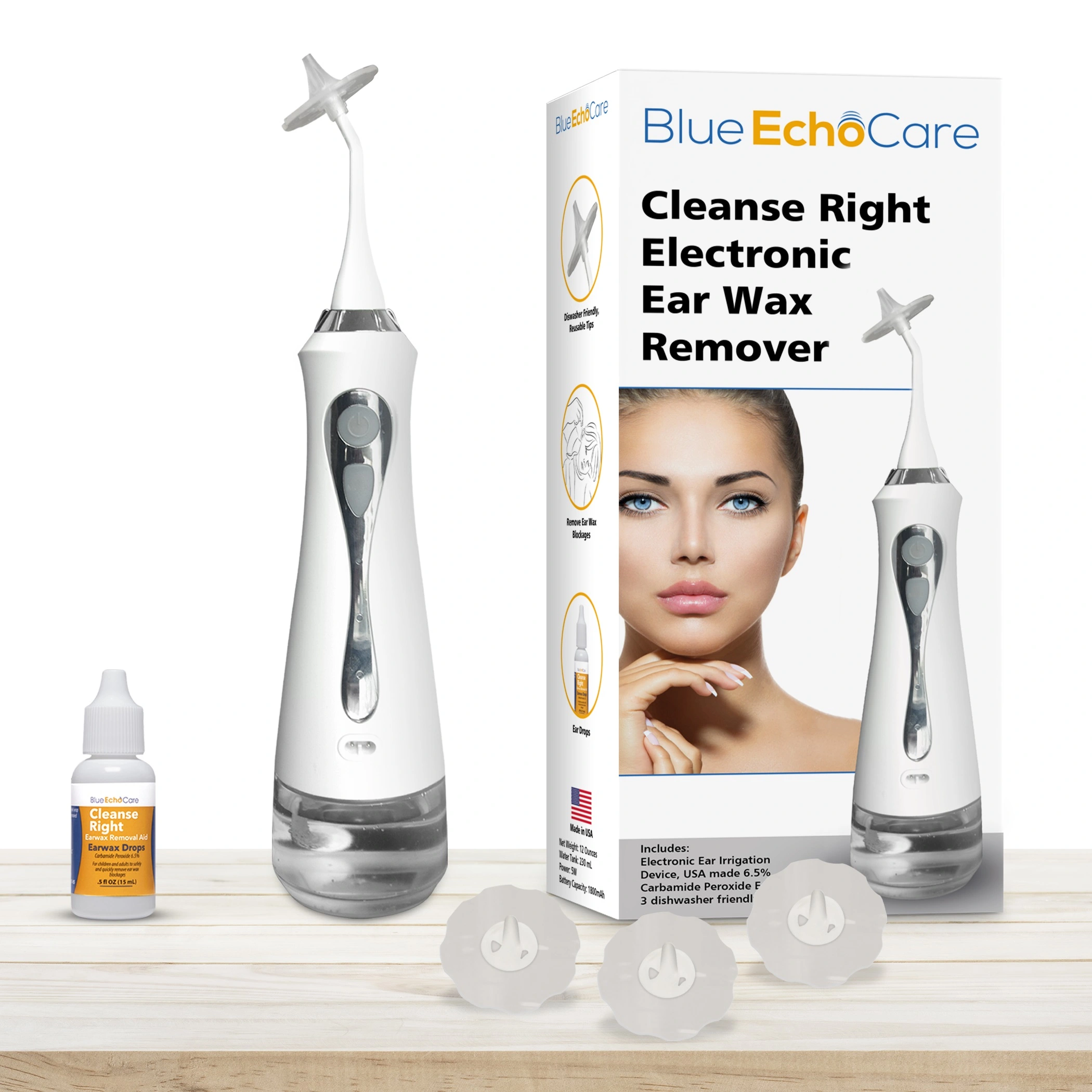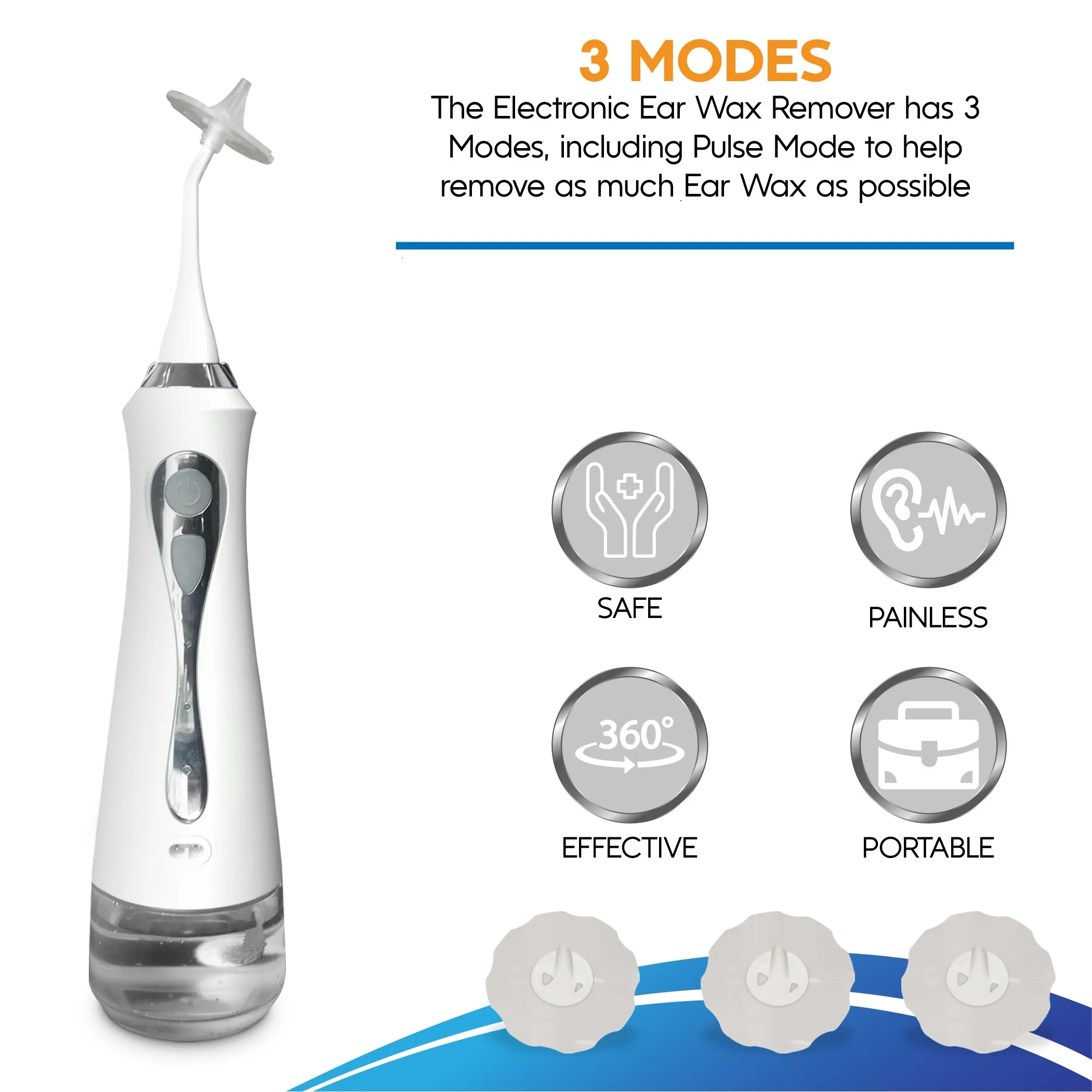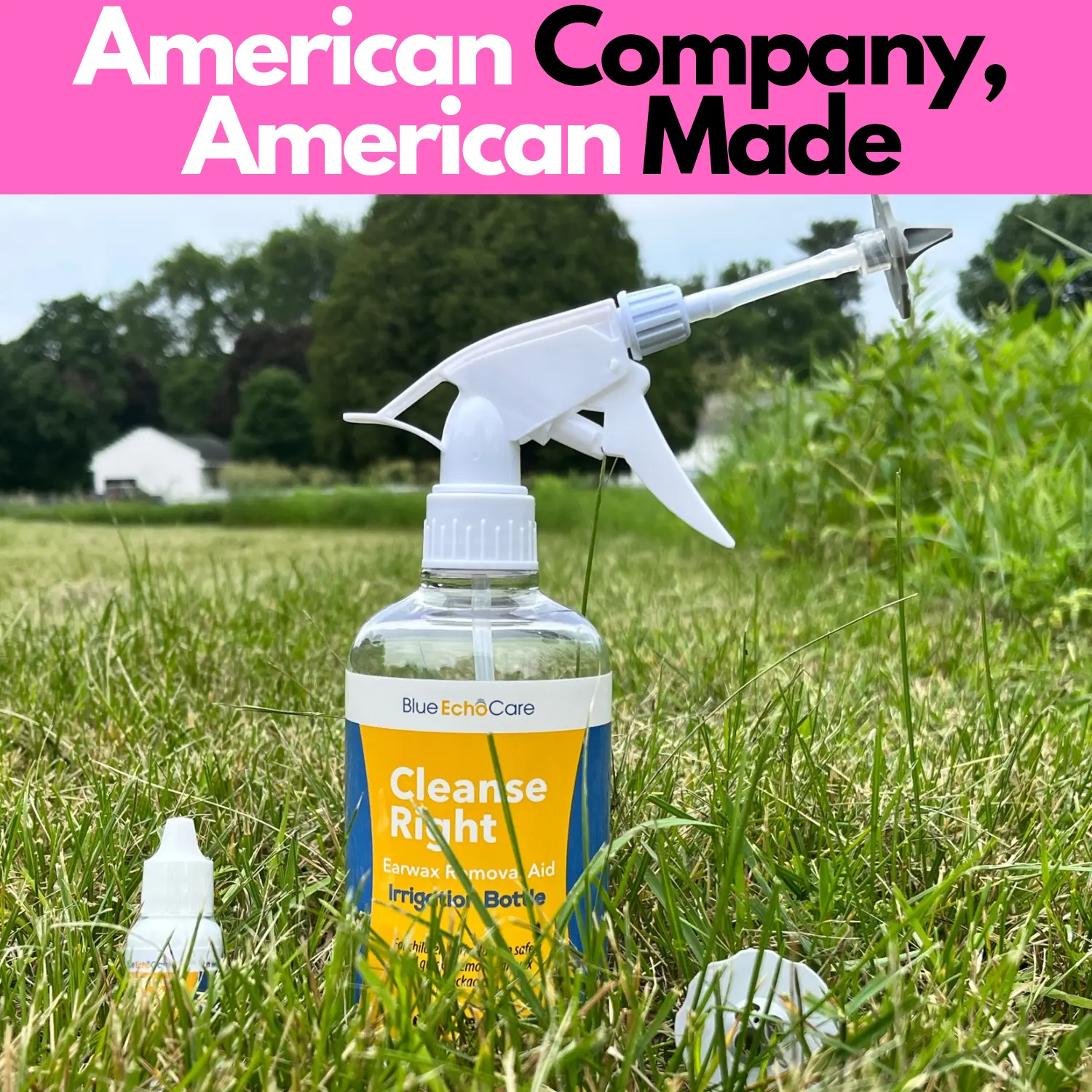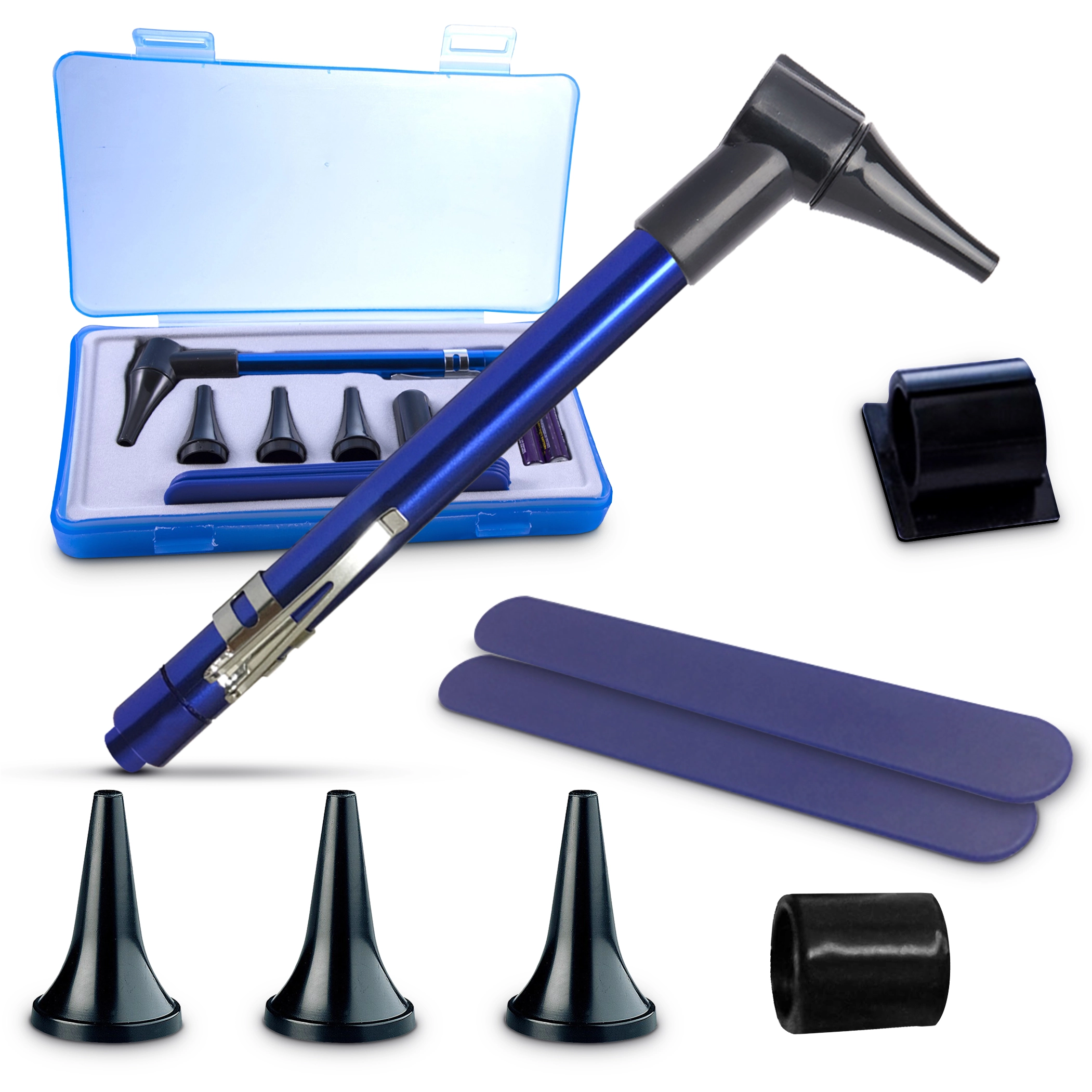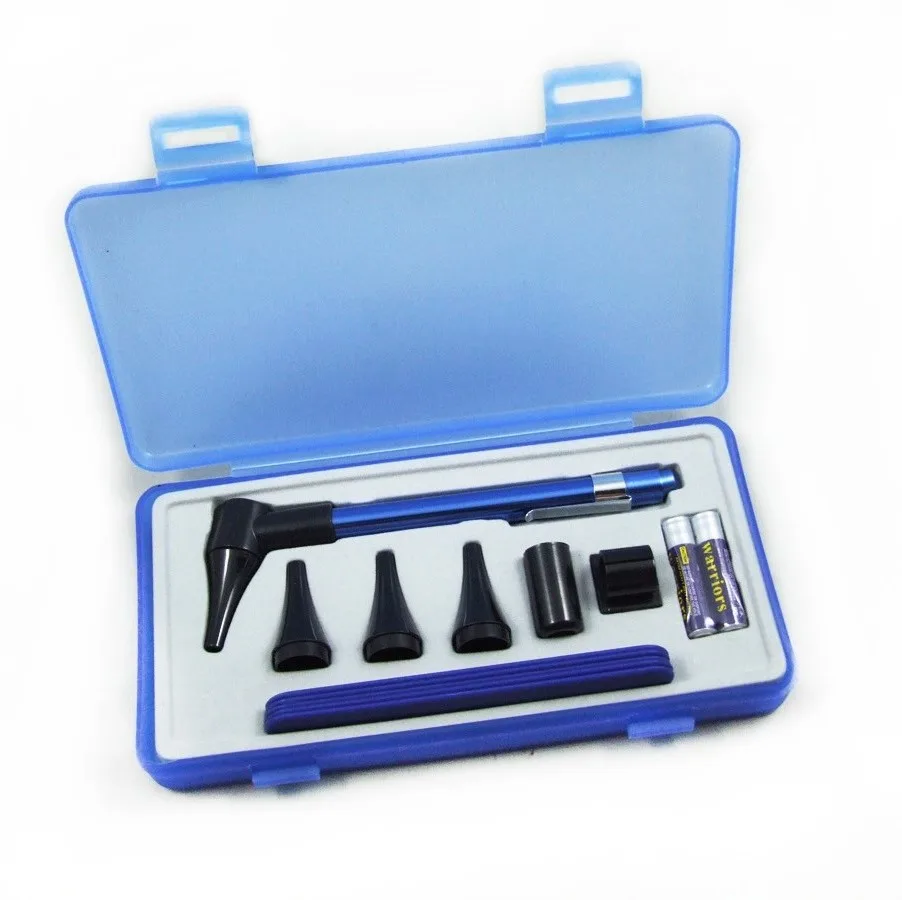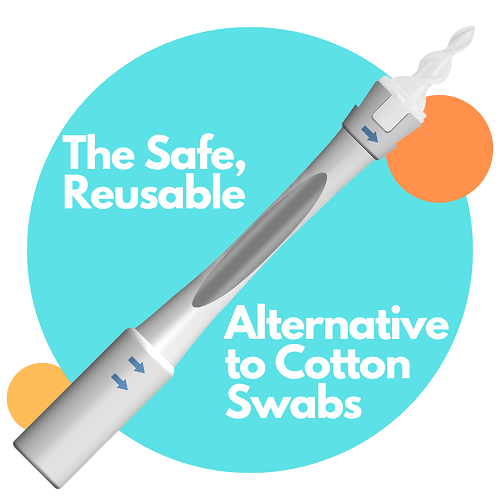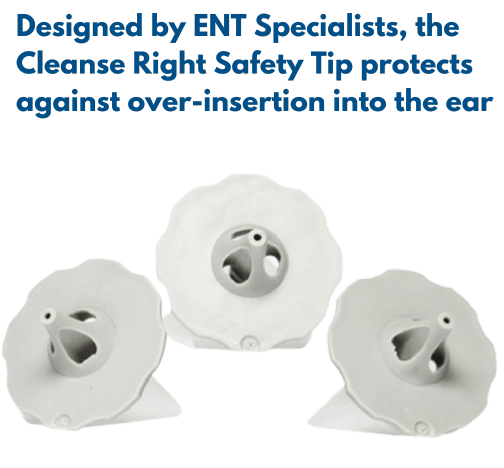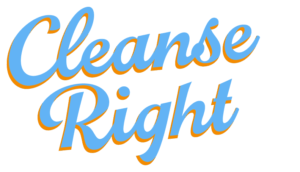The Symphony of Hearing Aids
In the symphony of daily life, our ears play the role of the conductor, orchestrating the sounds that shape our world. But what happens when these vital instruments are obstructed by a seemingly innocuous substance – ear wax? The relationship between hearing aids and ear wax is a tale of two elements, one essential to our hearing, the other a silent intruder that can disrupt the harmonious balance. In this article, we delve into the intricate interplay between ear wax and hearing aids, shedding light on how this common issue can affect your hearing health.
The Complex Nature of Ear Wax:
Ear wax, medically known as cerumen, is a natural secretion produced by our ear canals. It serves a crucial purpose in maintaining ear health. This waxy substance acts as a protective barrier, shielding the ear canal from dust, debris, and bacteria. It also possesses lubricating properties, preventing the delicate skin in the ear canal from drying out and becoming itchy.
However, nature’s intentions can sometimes go awry. Ear wax has a tendency to accumulate, especially in individuals who produce more of it than usual or have narrow ear canals. When this accumulation occurs, it can lead to a range of problems, including hearing impairment.
The Battle Within: Ear Wax vs. Hearing Aids:
Hearing aids are remarkable devices designed to amplify sounds and improve hearing for individuals with hearing loss. They come in various shapes and sizes, but they all share one common vulnerability – ear wax. The tiny components and openings in hearing aids can easily become clogged with ear wax, causing them to malfunction or deliver suboptimal performance.
The battle between ear wax and hearing aids begins with wax infiltration. As ear wax builds up in the ear canal, it can find its way into the hearing aid’s receiver or microphone ports. When this happens, it compromises the device’s ability to transmit and process sound effectively. This can result in distorted sound quality, reduced amplification, or even complete obstruction of sound, leaving the user frustrated and struggling to hear clearly.
The Consequences of Neglect:
Neglecting the impact of ear wax on hearing aids can have significant consequences. For starters, it can lead to unnecessary repair costs, as hearing aids damaged by ear wax may require professional cleaning or repairs. Furthermore, untreated ear wax buildup can exacerbate existing hearing loss, making it more challenging for individuals to communicate and engage in social activities. This can lead to feelings of isolation, depression, and decreased overall quality of life.
Prevention and Maintenance:
The good news is that managing ear wax and its impact on hearing aids is a solvable problem. Regular maintenance and preventive measures can help individuals maintain their hearing aids’ functionality and overall ear health.
One effective method is to schedule routine check-ups with an audiologist or hearing care professional who can safely remove excess ear wax and clean hearing aids. Additionally, individuals can adopt daily cleaning practices, such as using specialized cleaning tools and following manufacturer-recommended cleaning instructions.
Innovations for a Clearer Soundscape:
Advancements in hearing aid technology have not only improved sound quality and comfort but also addressed the issue of ear wax interference. Many modern hearing aids are designed with features to minimize the impact of ear wax buildup.
One such innovation is the use of wax guards or filters. These small, disposable components act as a barrier, preventing ear wax from entering the critical parts of the hearing aid. Regularly changing these guards can help maintain the device’s performance.
Additionally, some hearing aids are equipped with programs or settings that can detect and reduce the impact of ear wax in real-time. These adaptive features help ensure that users experience consistent sound quality, even in the presence of ear wax.
Home Remedies and Caution:
While professional cleaning and maintenance are essential, there are also some home remedies that can be used to soften and remove excess ear wax. However, it’s crucial to exercise caution and avoid inserting objects like cotton swabs or bobby pins into the ear canal, as this can push the wax further inside, potentially causing damage or injury.
Instead, individuals can use over-the-counter ear drops designed to break down ear wax, or they can try using warm water to gently flush out softened ear wax. If ear wax removal at home is unsuccessful or if there are any concerns about hearing health, it’s best to consult a healthcare professional or audiologist.
The Takeaway:
Ear wax, though a natural and protective substance, can pose challenges when it comes to hearing aids. Understanding the relationship between ear wax and hearing aids, along with adopting proactive measures, can ensure that these remarkable devices continue to provide clarity and richness to the soundscape of life.
Regular cleaning, professional check-ups, and staying informed about the latest hearing aid technologies are essential steps in maintaining a harmonious balance between ear wax and hearing aids. By doing so, individuals can enjoy a life filled with the sounds of laughter, music, and conversation without the interference of the silent intruder that is ear wax.
In conclusion, ear wax may be a natural and necessary component of ear health, but it can become a formidable adversary when it comes to hearing aids. Understanding the dynamics of this relationship and taking proactive steps to manage ear wax can ensure that hearing aids continue to enhance the symphony of sound in our lives, allowing us to hear and experience the world to the fullest.
